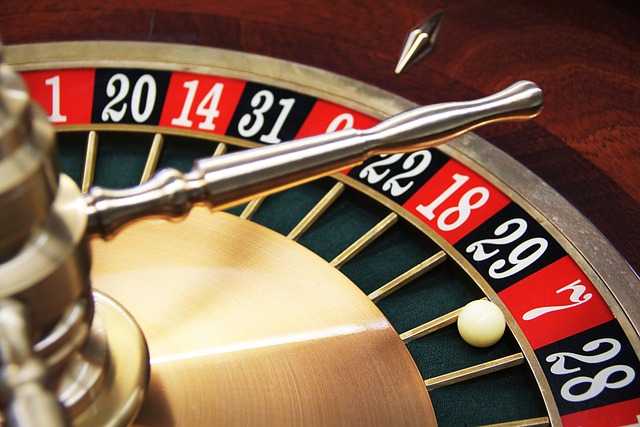Understanding Problem Gambling
Problem gambling, also known as compulsive gambling, disrupts personal and professional lives. Recognizing its complexities helps in providing effective support.
Definition and Overview
Compulsive gambling refers to the uncontrollable urge to continue gambling despite harmful consequences.
It involves a cycle where the individual feels compelled to gamble, often risking more than they can afford to lose.
According to the American Psychiatric Association, this behavior qualifies as a gambling disorder when it significantly impacts social, occupational, or other areas of functioning.
Key Statistics and Demographics
Key statistics highlight the pervasive nature of problem gambling. In the US, approximately 2 million adults, or about 1% of the population, fit the criteria for severe problem gambling.
About 6 million people (3% of the population) struggle with less severe but still problematic gambling behaviors.
Adolescents and young adults show higher vulnerability, with nearly 6% engaging in problematic gambling.
Higher prevalence rates exist among men compared to women, and certain demographic groups face elevated risks due to socioeconomic factors.
For instance, lower-income individuals and those with a family history of gambling problems are more likely to develop gambling issues.
These statistics underscore the need for targeted intervention and support strategies.
Behavioral Patterns in Problem Gambling
Recognizing behavioral patterns in problem gambling is essential for early detection and intervention.
Identifying Common Behaviors
Among problem gamblers, specific behaviors signal deeper issues. Frequent gambling, often beyond financial means, stands out.
For instance, individuals may repeatedly chase losses, gambling more to win back money they’ve lost. Secretive behavior is another indicator, such as:
- Hiding gambling activities from family and friends
- Lying about time and money spent gambling
- Neglecting responsibilities
- Missing work or important family
Additionally, borrowing or stealing money to continue gambling indicates a severe issue.
Psychological Triggers

- Psychological triggers often propel individuals into problem gambling.
- Stress and anxiety, stemming from personal or work-related problems, push individuals toward gambling as a coping mechanism.
- Feelings of loneliness or depression drive people to seek the thrill and temporary euphoria that gambling provides.
- The illusion of control where gamblers believe they can influence outcomes despite the random nature of gambling.
- Impulsivity, characterized by a lack of foresight and consideration for future consequences, frequently leads to problem gambling.
Understanding these psychological triggers aids in developing effective prevention and intervention strategies.
Impacts of Problem Gambling
Problem gambling significantly impacts individuals and their surroundings, including mental health, social structures, and economic stability.
Understanding these consequences helps craft effective intervention strategies.
Effects on Mental Health
Problem gambling has severe mental health implications, often exacerbating pre-existing conditions like depression and anxiety.
According to the National Center for Responsible Gaming, up to 50% of problem gamblers experience severe depressive episodes.
Stress levels rise, leading to sleep disturbances and increased irritability. Suicidal ideation is also a substantial risk, particularly among those with long-term gambling issues.
Social and Economic Consequences
Problem gambling disrupts social relationships, often resulting in strained family dynamics and friendship losses.
Individuals may become isolated as they prioritize gambling over social interactions.
The National Council on Problem Gambling estimates that two million adults in the US meet the criteria for severe gambling problems, affecting countless others in their social circles.
Economically, problem gambling can lead to significant financial hardship. Gambling-related debts accumulate, sometimes leading to bankruptcy.
The societal cost is also high, with the National Institute on Drug Abuse citing annual costs upwards of $6 billion due to lost productivity, criminal activity, and healthcare expenses.
Effective strategies must address these financial repercussions to mitigate broader economic impacts.
Interventions and Treatments
Effective interventions and treatments can mitigate the harm caused by problem gambling. Addressing the issue involves a comprehensive approach combining therapy, counseling, and preventative measures.
Therapy and Counseling
Therapy options for problem gambling include Cognitive Behavioral Therapy (CBT), which focuses on changing unhealthy gambling thoughts and behaviors.
I find that CBT helps individuals recognize and counteract their gambling triggers.
Group therapy provides a supportive environment where gamblers share their experiences, fostering collective healing.
Family therapy addresses the impact on loved ones, improving communication and relationships.
Preventative Measures and Support Systems
Preventative measures against problem gambling involve educational programs and awareness campaigns.
Schools and community centers often implement these programs to inform individuals about gambling risks.
Support systems, such as self-exclusion programs, allow gamblers to restrict their access to gambling venues voluntarily.
Hotlines and online support communities offer immediate assistance and connect problem gamblers with professional help.
Financial counseling services help individuals manage debt and regain control of their finances, reducing the temptation to gamble.




